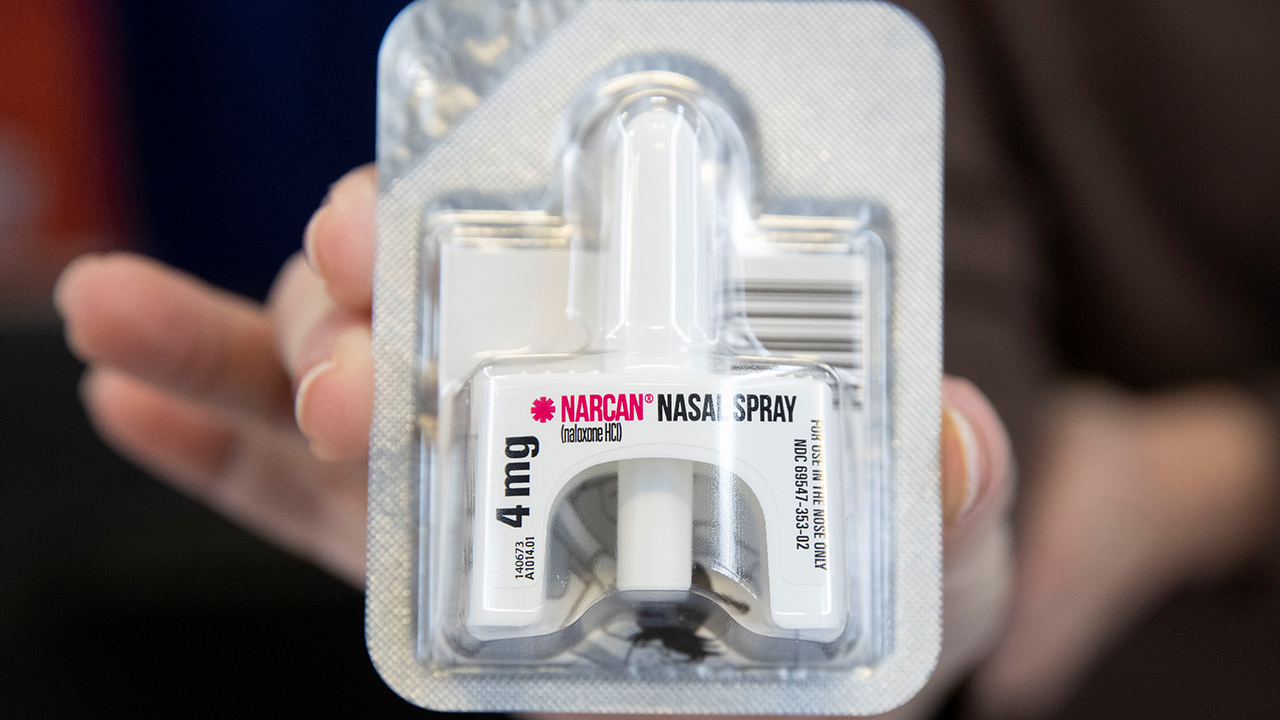Navigating Allocation Challenges in Los Angeles and Beyond
Diverse Strategies: From Naloxone Distribution to Regulatory Hurdles
(According to KFF Health News,) in response to the devastating opioid crisis in California local governments are now grappling with how to effectively utilize the substantial funds received from pharmaceutical companies through a landmark settlement. This financial influx exceeding $4 billion for California resulted from legal actions against opioid manufacturers and distributors accused of exacerbating an epidemic that has profoundly impacted communities across the state. Despite the magnitude of these funds, many cities and counties such as Los Angeles are only beginning to navigate the complexities of allocation. This cautious approach mirrors a national trend where jurisdictions carefully deliberate on deploying resources to combat addiction and support recovery efforts.
The deployment of these settlement funds has unveiled a spectrum of strategies adopted by California communities. In Union City deeply affected by fentanyl overdoses a critical focus has been on distributing naloxone kits. These kits designed to reverse opioid overdoses have been instrumental in saving lives and preventing fatalities. However the utilization of funds has not been without challenges. Some cities initially intended to allocate resources towards law enforcement initiatives but encountered regulatory obstacles limiting certain uses of the settlement funds. This regulatory landscape underscores the intricate balancing act faced by local authorities between public health imperatives and legal constraints.
READ ALSO: First Sitting U.S. Senator Found Guilty: Bob Menendez Convicted On All 16 Counts Of Bribery, Extortion, And Acting As Foreign Agent!

$4 Billion in Opioid Funds Allocated, California Cities Grapple with Complex Deployment Amid Ongoing Epidemic (Arlene Mejorado for KFF Health News)
Innovative Approaches and Traditional Programs Merge to Combat Addiction
Meanwhile cities like Dublin are expanding both traditional and innovative drug prevention programs. Programs like D.A.R.E. (Drug Abuse Resistance Education) are being revitalized to educate students on resisting peer pressure and avoiding drugs while newer approaches involve widespread distribution of naloxone in schools and public venues. These initiatives reflect a concerted effort to address the underlying causes of addiction and enhance community resilience. Nonetheless ongoing scrutiny is anticipated over the efficacy of these interventions and their ability to stem the pervasive challenges posed by opioid-related deaths and addiction statewide.
READ ALSO: Tax Breaks For Clean Energy: How The Rich Get Ahead While Low-Income Households Get Left Behind




![Tyson Foods Plant [Photo: Food Manufacturing]](https://southarkansassun.com/wp-content/uploads/2023/08/iStock_1185520857__1_.5e441daa51cca-600x337.jpg)







![Silverado Senior Living Management Inc. [Photo: Los Angeles Times]](https://southarkansassun.com/wp-content/uploads/2023/10/download-6-4-600x337.jpg)

![China's Wuhan Institute of Virology [Photo: Nature]](https://southarkansassun.com/wp-content/uploads/2023/09/d41586-021-01529-3_19239608-600x337.jpg)
















